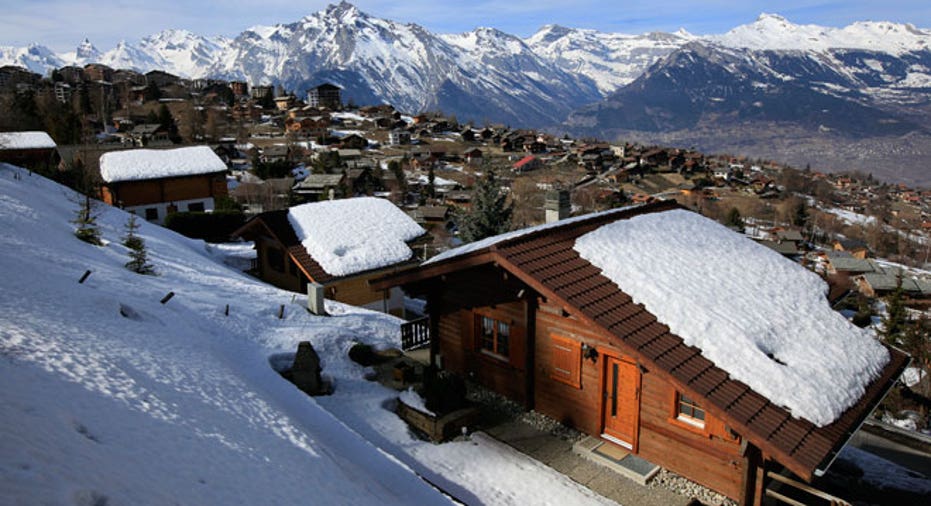Avoiding Your Furnace? It's Time to Face the Heat

It’s tempting to skip the annual furnace or boiler tune-up.
Service contracts are expensive and you can often get away with skipping a year or two, especially if your fuel is gas. Gas burns cleaner than oil, so repairs are less likely and it’s less critical to clean components. For a number of reasons, however, it can be risky to defer maintenance of HVAC equipment.
Safety: Cracks in heat exchangers are not uncommon and may go undetected for long periods if the system is not inspected regularly. When such cracks occur, combustion gases mix with the household air that’s being heated and delivered throughout the home. These gases can include carbon monoxide, a colorless, odorless and poisonous gas that, if released into a home without a CO detector, can have tragic consequences. The HVAC technician will also check for other dangerous leaks, such as cracks at the joint where the exhaust stack meets the chimney.
Equipment life: Heating equipment that is well maintained will last 15 to 30 years; poorly maintained equipment can fail within five. No one wants the expense of replacing a furnace to come around any faster than necessary.
Efficiency: Heating equipment gradually loses efficiency the longer it goes without being serviced. A well-maintained furnace, boiler or air conditioner can save 10 percent or more on fuel costs — typically more than enough to pay for the tune-up. A good service technician will also check your ductwork for leakage. According to energy.gov, such leaks can account for losses of 20 percent or more.
Comfort & health: A tuned-up furnace will improve your comfort. Water and air temperatures are optimized, and your thermostat will be checked and recalibrated if necessary. And if you haven’t already taken care of it yourself, most tune-ups will include a filter replacement to protect your equipment and remove some of the potentially unhealthy particles that float around in your home.
A quality furnace tune-up
Annual furnace or boiler maintenance is not a job that can be done in 20 minutes. It will take a professional at least 45 minutes to check things like pilot ignition, thermostat operation, draft and switches (several of which ensure safety). The technician will check mechanical components, such as bearings, pulleys and belts, to make sure they are lubricated and in good working order. To maintain peak efficiencies, the technician will also check blower wheels and heat exchangers for cleanliness and carefully clean them. Wiring must be examined for loose connections and frayed insulation. If the stack pipe to the chimney joint is loose, it must be reset with refractory cement. System performance should be measured and recorded before and after the tune-up.
Oil produces far more soot than gas does, and because all that soot can foul components, oil-fired furnaces and boilers may require more time to service. Oil-fired systems also have more moving parts, including burners, circulators, fuel tanks, and fuel tank filters. Homeowners who burn oil should have their chimneys checked annually as well for soot accumulation. This is typically not included in a furnace or boiler tune-up. Hire a certified chimney sweep to clean the chimney of an oil-fired furnace or boiler.
Be sure to hire only a certified, licensed and insured HVAC contractor to tune-up your HVAC equipment. Ask exactly what the service includes — and hang around to watch as the work proceeds. Your furnace or boiler is probably the most expensive and important appliance in your home, so you should show it the care and respect it deserves.
Read More From Zillow.com:
- 9 Easy Ways to Troubleshoot Furnace Problems (Before Calling in the Pros)
- 12 House Functions You Didn’t Know You Could Control from Your Phone
- We’ve Got You Covered! 11 Stylish Ways to Enhance — or Hide — Your Radiators
Bob Vila is the home improvement expert widely known as host of TV’s This Old House, Bob Vila’s Home Again, and Bob Vila. Today, Bob continues his mission to help people upgrade their homes and improve their lives with advice online at BobVila.com. His video-rich site offers a full range of fresh, authoritative content – practical tips, inspirational ideas, and more than 1,000 videos from Bob Vila television.
Note: The views and opinions expressed in this article are those of the author and do not necessarily reflect the opinion or position of Zillow.